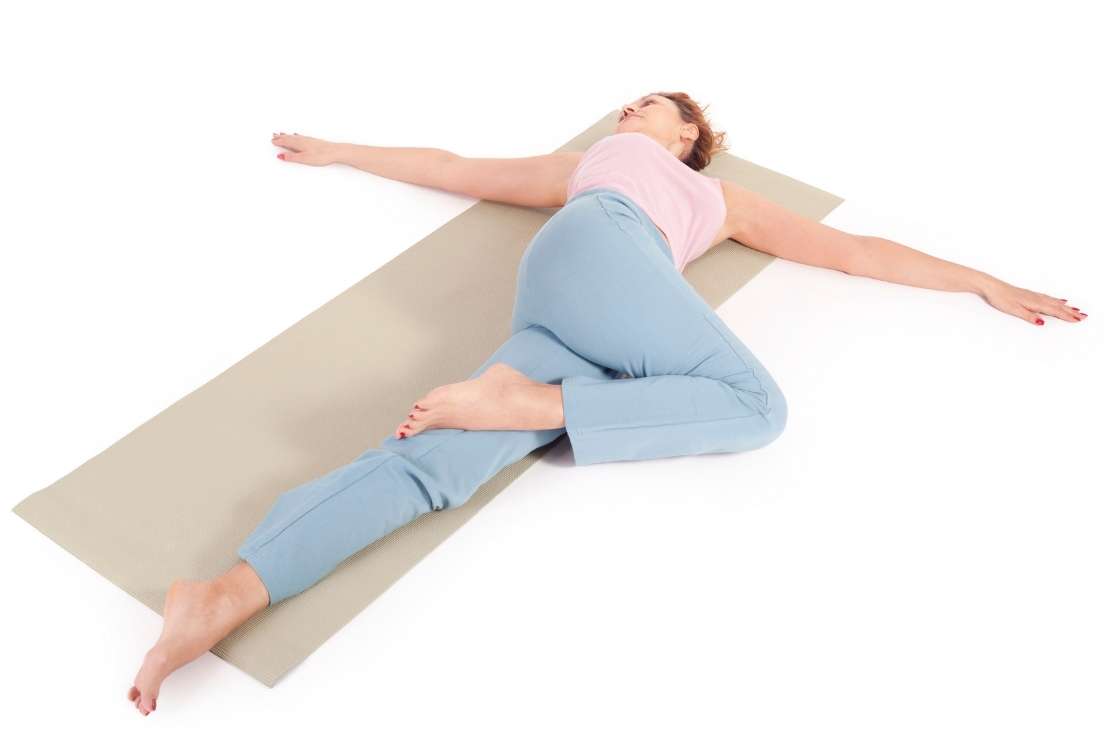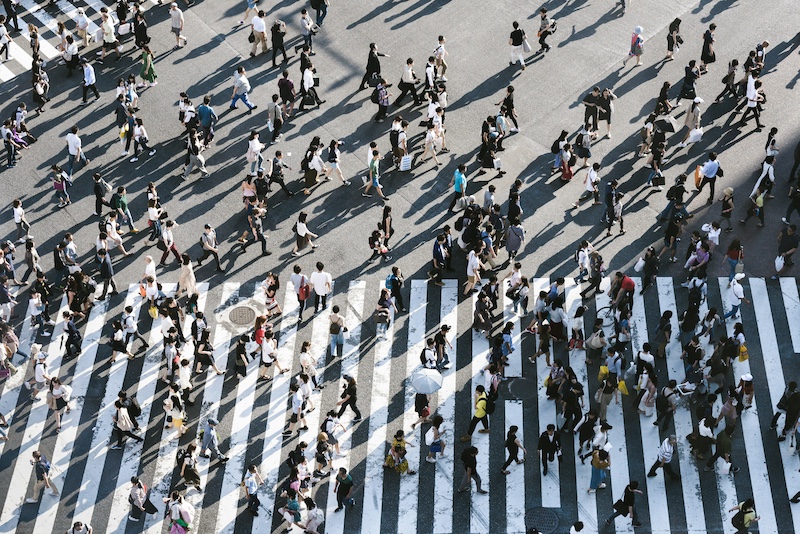Could This Health Hack Be the Cure for Your Hormonal Acne? A Dermatologist Explains
The magic of intuitive skincare. The post Could This Health Hack Be the Cure for Your Hormonal Acne? A Dermatologist Explains appeared first on Camille Styles.

It’s one of the cardinal rules of skincare: Whatever’s happening on the outside reflects what’s going on inside. Breakouts, dull skin, and dryness can often be signs of nutrient deficiencies, dehydration, and hormone imbalances. And, of course, we know that when hormones are involved, your monthly cycle often plays a role. Enter: the practice of cycle syncing for skin. (Not to be confused with the other buzzy beauty term, skin cycling.)
Thanks to the work of holistic wellness, the idea of switching up your habits to support hormonal shifts has gone mainstream. (So much so, that we created a cycle syncing guide to help you connect with the foods and workouts that support your body best during each phase.) Because of that, it comes as no surprise that many of us are wondering how to align our beauty products and practices with the changes in our hormones (and therefore, our skin).
No doubt, you’ve already noticed how your body feels right before your period. My cystic chin acne, and heightened emotions are my monthly warning signs. For years, I just dealt with it. Inevitably, I ended up with new bouts of post-inflammatory hyperpigmentation every month. But then, I had an epiphany.
Featured image from our interview with Iskra Lawrence by Michelle Nash.
1 of 20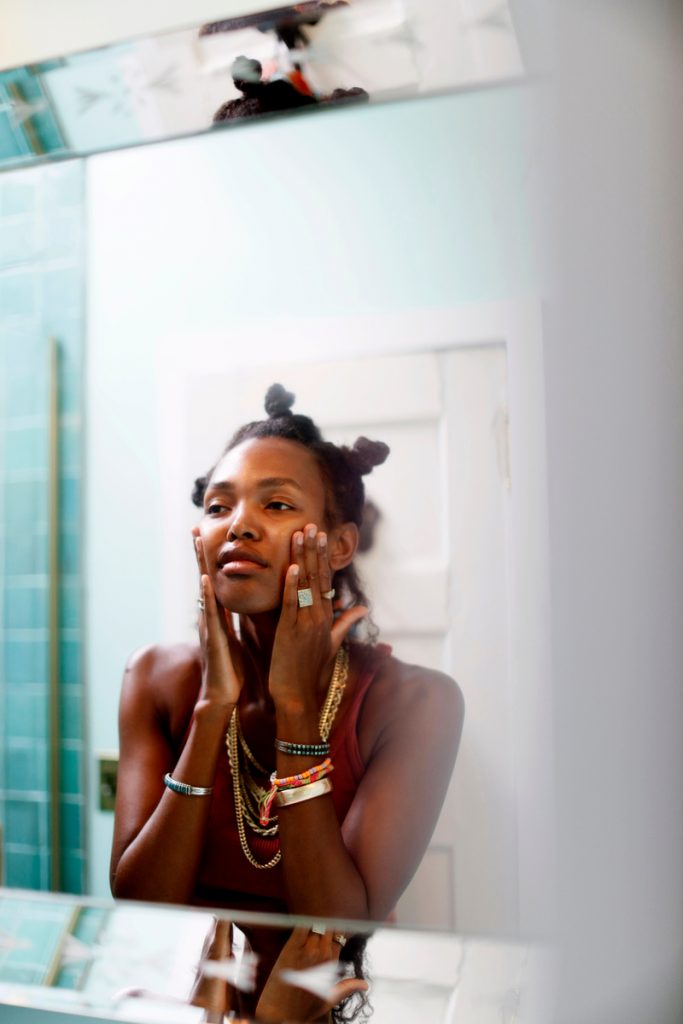
A Cycle Syncing Deep-Dive
I know how to treat breakouts. I know when they’re coming. So why don’t I switch up my nightly routine accordingly? I started applying the Paula’s Choice BHA Lotion on my chin the second I noticed my period symptoms coming, and voila—my monthly cystic acne has all but disappeared.
This miraculous shift in my approach to skincare took place a few years back. It wasn’t until recently that I came across the idea of cycle syncing. Here’s how it works.
Anyone who menstruates experiences a 28-day cycle that keeps their hormones in flux. During that time, our bodies go through different phases in which the symptoms shift and vary. Instead of keeping a rigid routine during that time, some experts suggest listening to your body and responding to its needs accordingly. As a beauty editor, I’m always preaching the importance of catering your routine to your skin’s needs. And while that usually means choosing the right products for oily or dry skin, cycle syncing is a much more profound way to get in tune with yourself.
2 of 20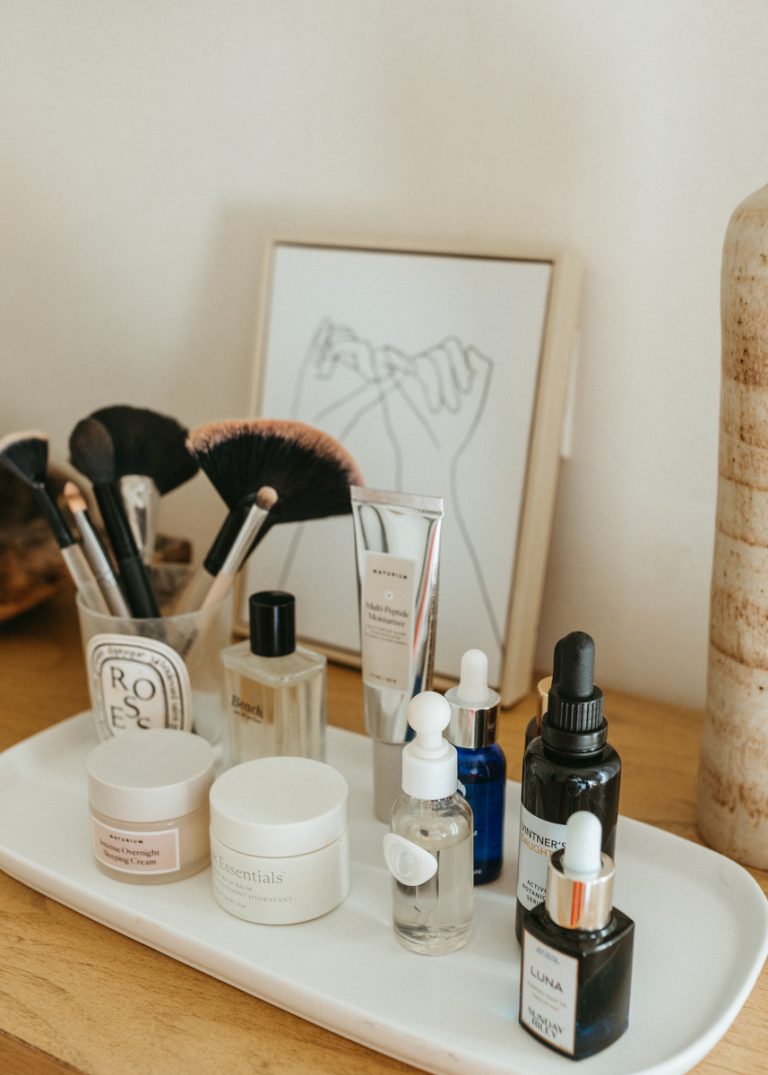
The Expert on Cycle Syncing for Skin
In a perfect world, we’d be able to sync our entire lives to our monthly cycles. We’d work when we have energy, rest when we feel sluggish, and work in harmony with our natural rhythms. But alas, deadlines are due, and the world is always knocking at our door. But cycle syncing is an attainable way to cater your daily routine to your monthly cycle and improve your skin by improving your mind-body connection.
To understand the changes our skin goes through during our cycles, I spoke to Dr. Trevor Cates, a licensed naturopathic doctor and author of Natural Beauty Reset: The 7-Day Program to Harmonize Hormones and Restore Radiance. As an expert on beauty and hormones, she led me through the effects our monthly cycles have on our hormones. Keep scrolling for the secret to beating those monthly breakouts.
3 of 20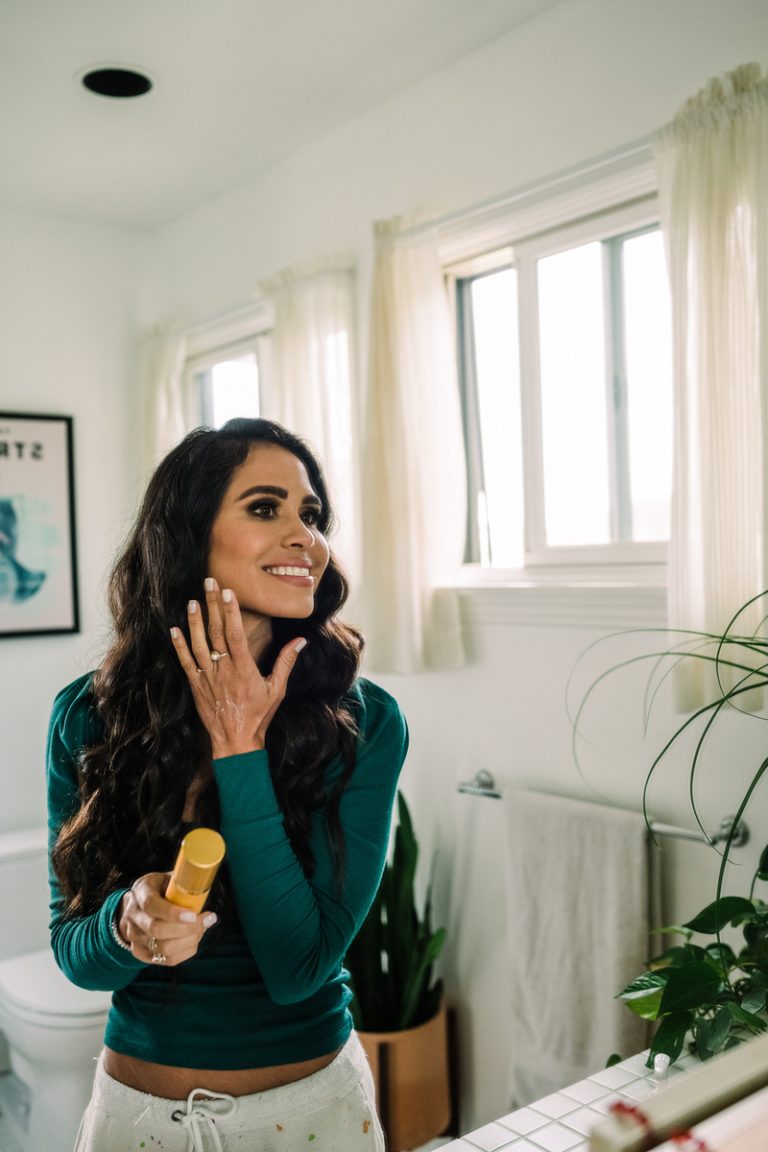
The Skinny on Cycle Syncing for Skin
Cycle syncing is matching your skincare to your menstrual cycle. Your skin goes through distinct but predictable phases every month. Getting in tune with your period can give you cues on when to expect breakouts, when to expect duller skin, and how to respond to keep your skin even throughout the month.
While everyone has the potential to benefit from more intuitive skincare, you might especially benefit from cycle syncing if you:
suffer from polycystic ovarian syndrome (PCOS) are currently overly fatigued want your libido back are trying to conceive 4 of 20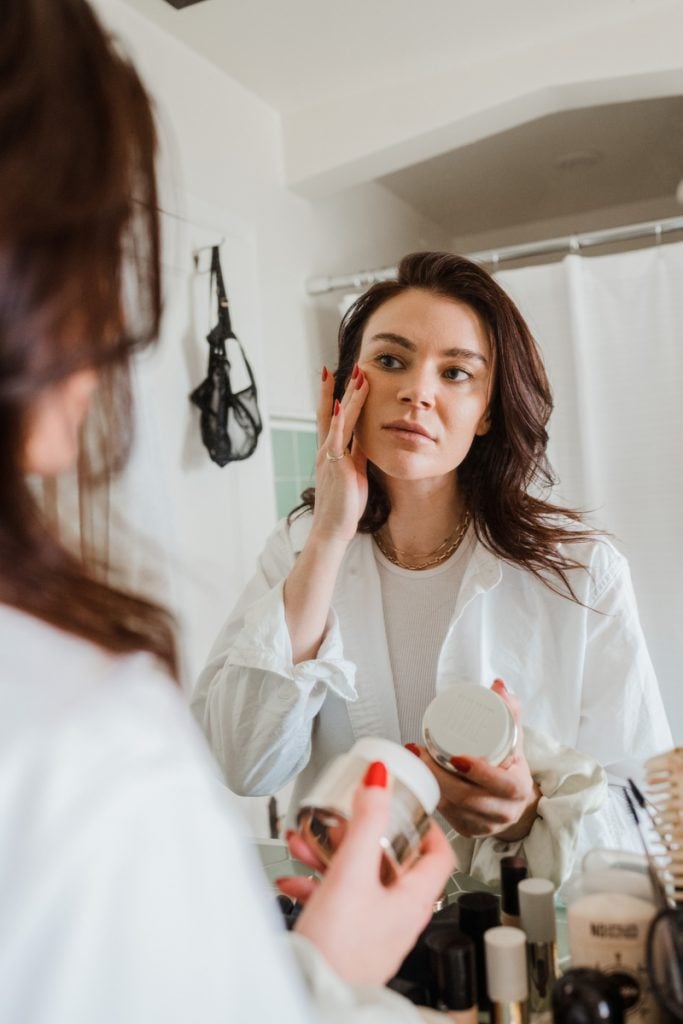
What Happens to Your Skin Throughout Your Cycle
Dr. Cates reminds us that shifts in our hormones impact skin differently all throughout the month. Here’s a breakdown of what happens to your skin over the course of your cycle’s four-week period:
Week 1: Menstruation. Skin is at its most sensitive. Week 2: Follicular Phase. Skin is at its most resistant. Week 3: Ovulation. Hormone levels rise. Week 4: The Luteal Phase. Skin is volatile.Over this period, your hormones fluctuate and your skin reacts. “Your high androgen levels stimulate sebum production in the skin, especially right before a woman’s period starts. This can trigger acne breakouts in some women,” Dr. Cates says. “After ovulation, around days 17-24, progesterone increases which can increase sebum production as well.”
5 of 20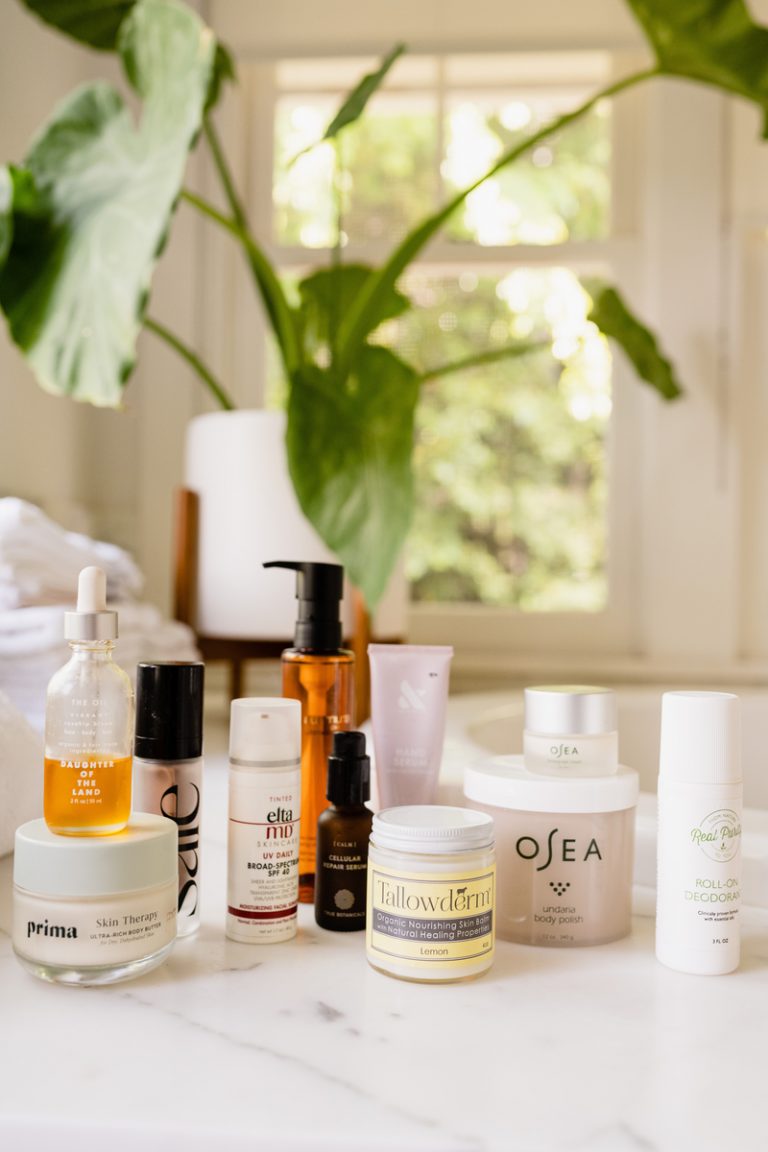
Benefits of Balanced Hormones for Skin
By changing up your skincare, food, and movement practices—not to mention your mindset—Dr. Cates shares that it’s possible to address the hormonal imbalances that are giving you trouble. “First, it’s good to know what’s out of balance, and then you can address the issues,” she notes.
If your hormones feel especially out of balance, Dr. Cates recommends this hormone quiz to understand what’s going on. But for most of us, simply following our skin’s cycle can lead to glowier, less irritated skin.
6 of 20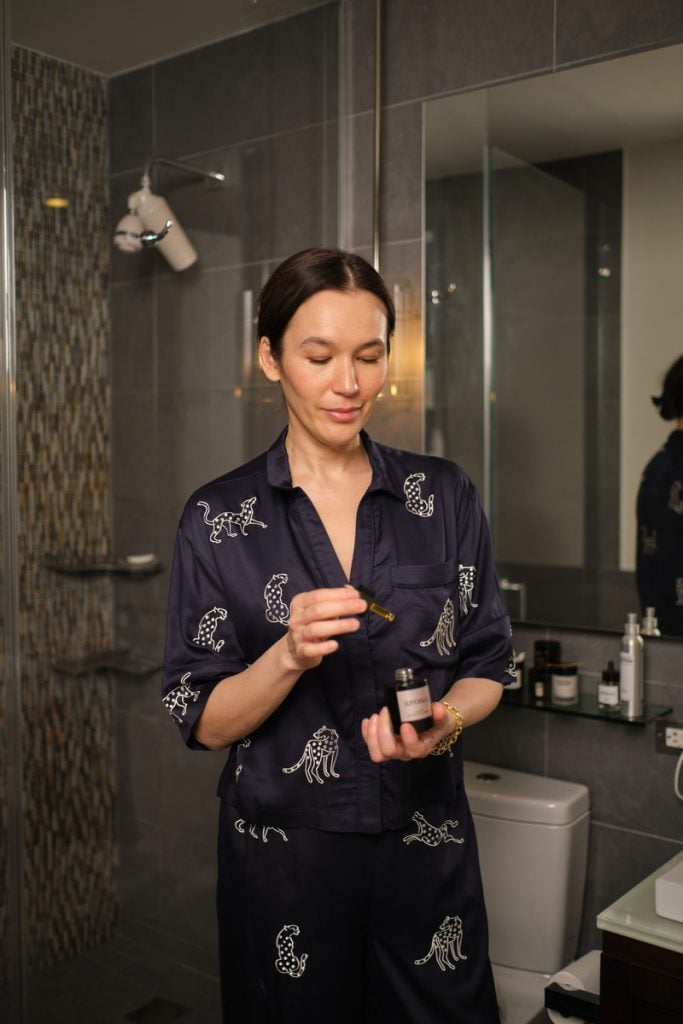
The Best Skincare Products for Cycle Syncing
Every product is curated with care by our editors and we’ll always give an honest opinion, whether gifted or purchased ourselves. If you buy something through our links, we may earn a small commission at no cost to you.
Phase 1: Menstruation
During the first week of your cycle, your skin is at its most sensitive. Focus on hydrating and repairing. Take a break from harsh actives and use nourishing ingredients with hydrating, restoring, and anti-inflammatory properties.
Phase 2: Follicular
Your skin is at its best the week after you menstruate. It’s glowing and resilient. Prolong this by using brightening ingredients, re-introducing exfoliants, and even experimenting with new products.
7 of 20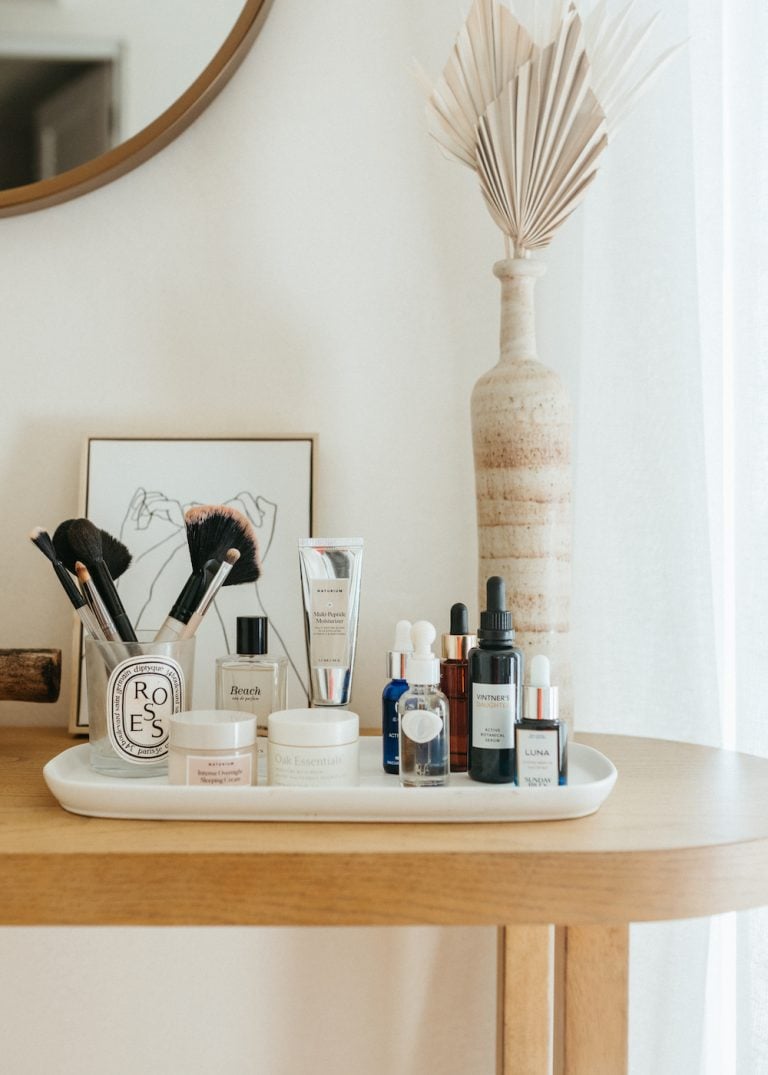
Phase 3: Ovulation
As estrogen and testosterone rise, so do oil levels. Beware of clogged pores and irritation! Keep up a routine of actives, exfoliants, and detoxing ingredients to flush out your pores and prepare for rising sebum levels.
Phase 4: Luteal
Prevention is the name of the game in this final phase. Anti-inflammatory products like AHAs, BHAs, and niacinamide will get you through this volatile time with as few breakouts as possible.
This post was originally published on September 20, 2022, and has since been updated.

 UsenB
UsenB 








